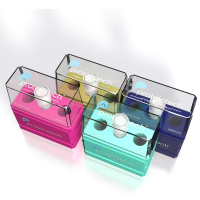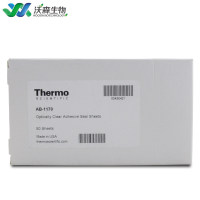Differential Plant Proteome Analysis by Isobaric Tags for Relative and Absolute Quantitation (iTRAQ)
互联网
982
Protein relative quantitation is one of the main targets in many proteomic experiments. Among the range of techniques available for both top-down and bottom-up approaches, i sobaric t ags for r elative and a bsolute q uantitation (iTRAQ) have gained positions within the top-rank techniques used for this purpose in the recent years. Briefly, each iTRAQ reagent consists of three different components: a reporter group (with a variable mass in the range of 114–117 amu), a balance group, and an amino-reactive group. The isobaric nature of iTRAQ-labeled peptides adds a signal to every peptide in the sample which is detectable in both MS and MS/MS spectra, thus enhancing the sensitivity of detection. During MS/MS, the reporter groups are released as singly charged ions with m /z ratios ranking from 114 to 117 amu, visible in the low mass region of MS/MS spectra. The iTRAQ technology can be used to analyze up to four different samples using the 4-plex kit (reporter groups 114–115 amu) or can be scaled up to eight different samples using the 8-plex kit (reporter groups 113–121 amu). In this chapter, we focus on the experimental procedures typically using 4-plex labeling, including tips leading to successful application of iTRAQ technology for the analysis of plant protein mixtures.









